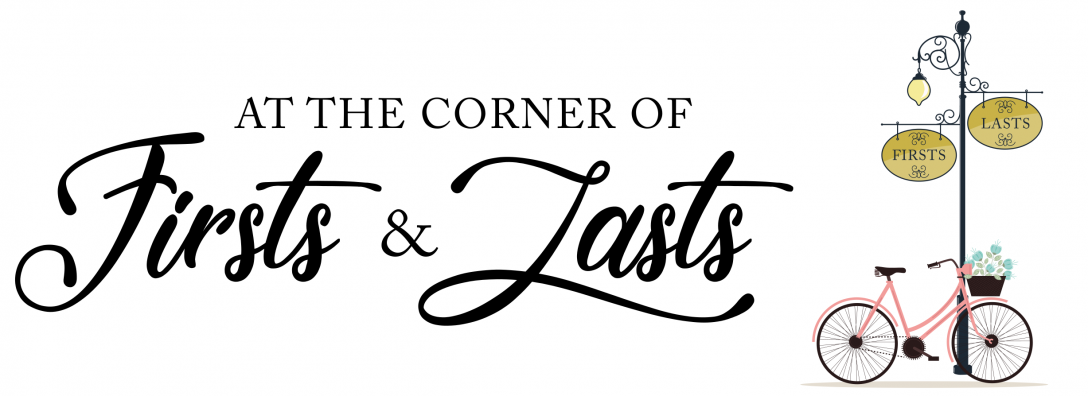**Hello, friend!! I am wearing dresses every day of December for my second year as a Dressember advocate! We’re a community of volunteers who take on the challenge to wear dresses and ties to raise awareness and funds for the end of human trafficking. Below is my Advent Devotional I researched and wrote to go along with my campaign. You can find my Dressember page here.**
Approach: Thank you for landing on this page! Welcome. I encourage to you find a printed Bible or have a web search available, silence anything that may distract you, and take 3 deep breathes. (Pause) Below you’ll be entering into a discussion on brand transparency in the garment industry. Do brands know where their clothes are made? Is there any way other than from the brand itself to know anything about the production of its garments?
Christ – Post-Advent: Devo 5
How can we hold brands accountable for the labor they use?
In week 1, we looked at the big picture of human trafficking and a big perspective on hope. In week 2, we looked at the meaning of forced labor in the garment industry and the peace we should pursue instead of our fast-consuming habits. We learned that rest leads remembrance; Sabbath cultivates thanksgiving. In week 3, we discussed the exploitative nature of empires versus the relational nature of the Kingdom of God with some practical suggestions for practices around shopping that will help us cultivate sustainable joy. In week 4, we had an introduction to home-based workers and prayed for homes. In this final devotional post-Christmas, we’re looking at how Jesus Christ breaks into our world and ushers in the kingdom of God.

We have been looking at aspects of the “global assembly line” of the garment industry (WIEGO). The global assembly line is made up of “all the steps [of the supply chain] it takes to produce and sell a product, from farm to closet” (Fashion Transparency Index, 2020, 66) (link). Human trafficking is a risk at any one of these steps in the chain. Fashion Revolution is a “global campaign working towards systemic reform of the fashion industry with a focus on transparency” (68). For the past 5 years, Fashion Revolution has produced a Transparency Index of the world’s largest fashion brands, like H&M, Gap, Adidas/Reebok, and Gucci, which includes examining the supply chains of these brands, whether they know their suppliers or not.
They rank the brands on how much the brands disclose on their policies and practices, including manufacturers lists and environmental impacts. There are 250 points possible for each brand, and then these are converted to percentages (18). The average score for 2020 was 58/250, 23%, meaning the average brand provides some information of brand policies and their social and environmental goals, but they mostly offer little in detail or how they address issues (18). Only 1 brand (H&M) scored higher than 70%; no brand scored above (20). In 2020, the traceability average score increased to 16% in 2020 (8% in 2017) (5). 40% of brands (101 out of 250) are publishing their manufacturers; 24%, their processing facilities and/or mills; 7%, their raw material suppliers (5). Publishing this information helps unions know who to hold accountable for their working conditions, especially if the unions do not know what brands they are producing garments for (37). This is even more important because “less than a quarter (23%) of brands disclose the company’s approach to achieving the payment of living wages to workers in the supply chain” (5). “Transparency is the tool for change, not the end goal,” and consumers play a significant role in the demanding transparency from brands (9).
(Pause) Take 2 deep breathes. Thank you for reading about this tool for accountability. What would you want to know about popular brands you shop at? How do you feel about popular brands not scoring high in transparency? Is transparency important to you? (Pause)

I invite you to read on when you are ready.
Open a Bible or web search to John 1:1-18. Read the passage slowly, aloud if you can.
Interesting, instead of turning to the beginning of Matthew or Luke for the birth narratives of Jesus, we’re turning here to John 1. This passage is rich, deep theology. Much academic debate surrounds the messages of this passage. What I’d like to look at here is the miraculous gift of Jesus, divinity taking on flesh, to fully immerse himself in our world. “In him was life,” and light (v. 4). Christ “was coming into the world,” breaking into the present (v. 9). He was in the beginning, he was present, and he continues to come in Spirit and truth (v. 1, 9). “The Word became flesh and made his dwelling among us;” he ‘tented’ or ‘tabernacled’ among us (v. 14a). In choosing to live in the present realities of human life, he experienced the fullness of life.
“When Christ [came] heralding ‘the Kingdom of God is at hand,’ he [ushered] in the power of the Kingdom” now (Palmer). Christ grew up, worked, talked, taught, ate and drank, listened, healed; he endured loss, pain, betrayal; he experienced joy, love, friendship, and family. He did not wait around until it was time to sacrifice himself on the cross. No, Christ entered into present time to live with people, so we are also called to live and engage fully in our world, following the example of Christ. The movement toward transparency in the garment industry is uncomfortable, because it exposes the kingdom of exploitation our globalized economy depends on. And that kingdom is not the Kingdom of Christ. During our devotional time together, we’ve looked at the right ordering of God’s political community, the nuances of hope, peace, joy, and love. We can witness kingdom beauty and hope on internal and external, cosmic proportions when we lean into how Christ fully lived in the present (Palmer). He advocated for the vulnerable and challenged the status quo. May we do likewise.
In Christ,

P.S. Check Fashion Revolution’s 2020 Index for the brands you shop from. What were their transparency scores?
- Email the brands you purchase from asking, “who made my clothes?”
- An email draft is ready for your to edit at https://www.fashionrevolution.org/about/get-involved/
Sources Above:
Brueggemann, Walter. “Options for Creatureliness: Consumer or Citizen.” Horizons in Biblical Theology 23 (2001): 25–50.
“Fashion Transparency Index 2020.” Fashion Revolution. Fashion Revolution, April 21, 2020. https://issuu.com/fashionrevolution/docs/fr_fashiontransparencyindex2020?fr=sNmI5NzYxMDk0OA.
“Garment Workers.” WIEGO. WIEGO. Accessed November 30, 2020. https://www.wiego.org/garment-workers.
Palmer, Salome. “Theological Dictionary Entry: Kingdom of God.” Wenham, MA: Redemption/Eschatology, 2020.

